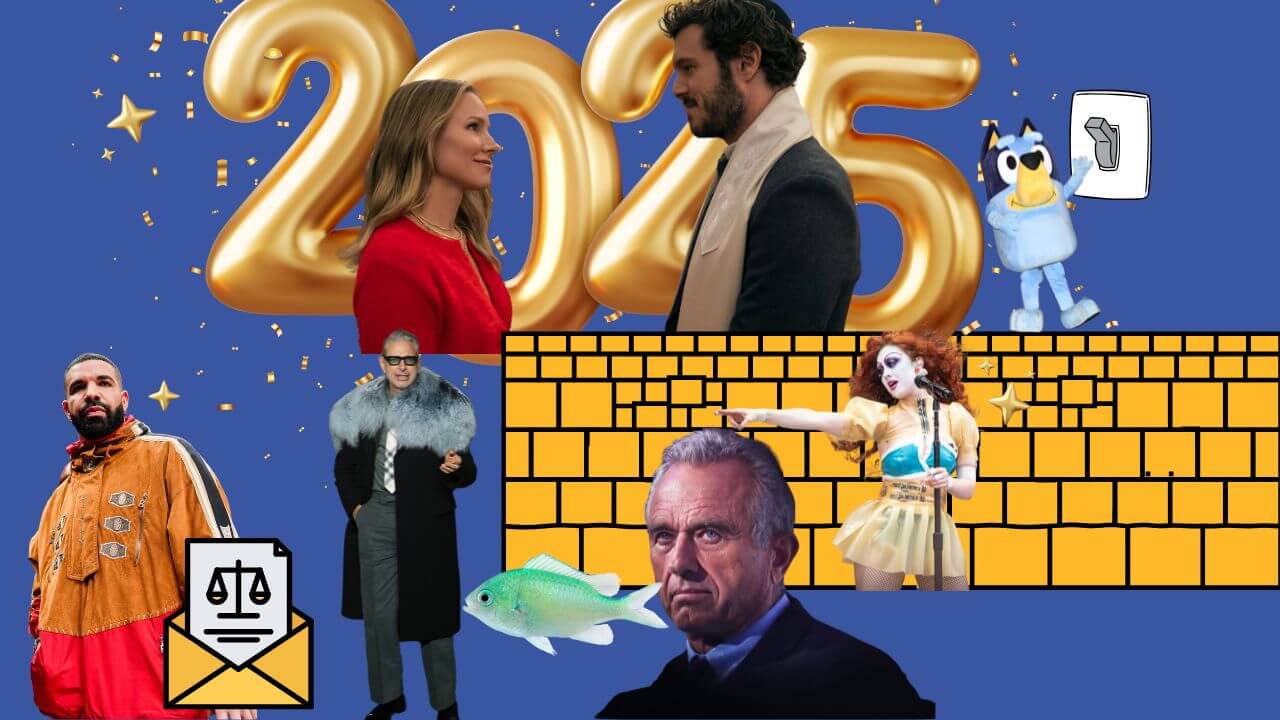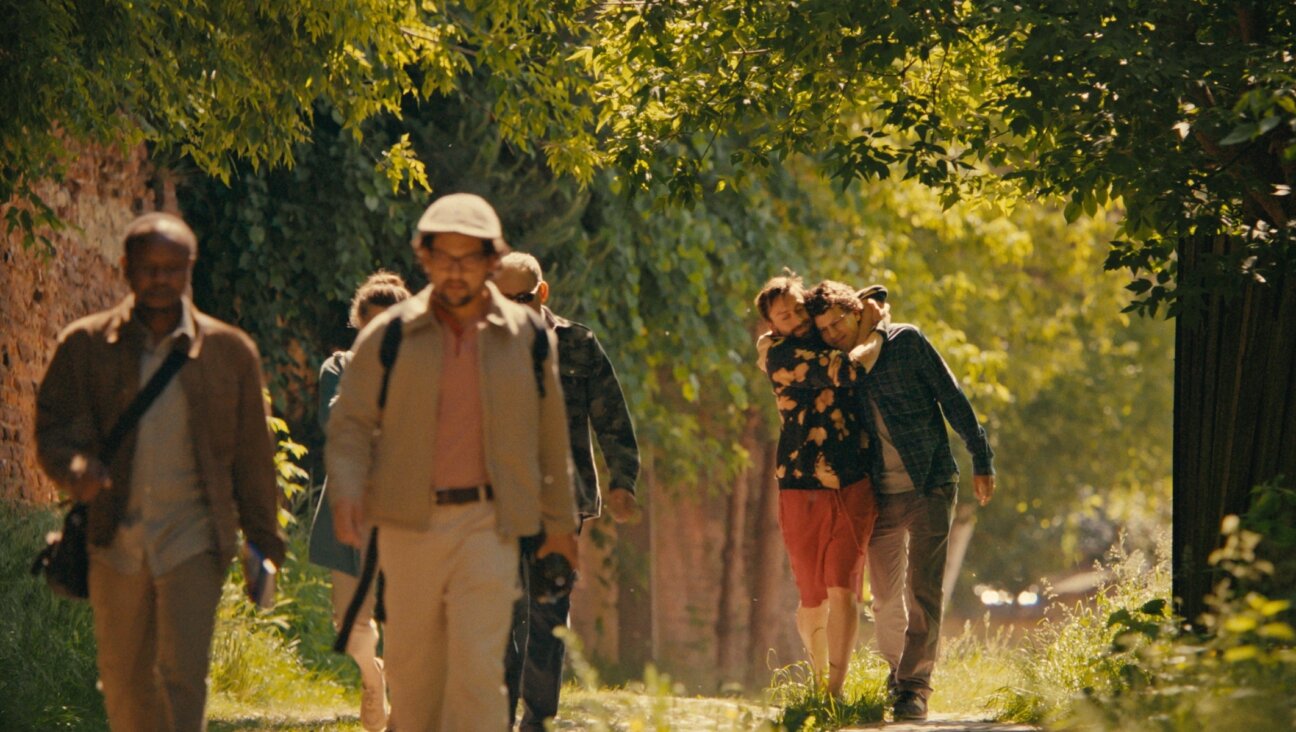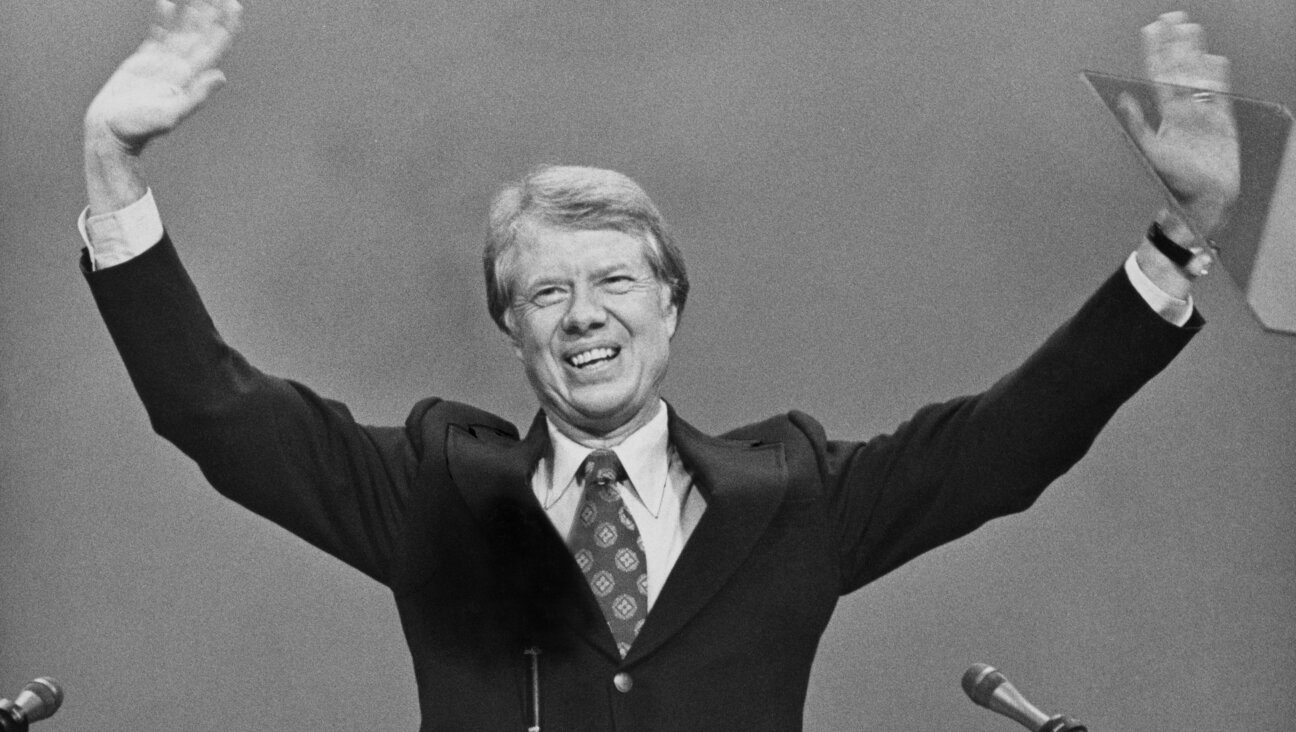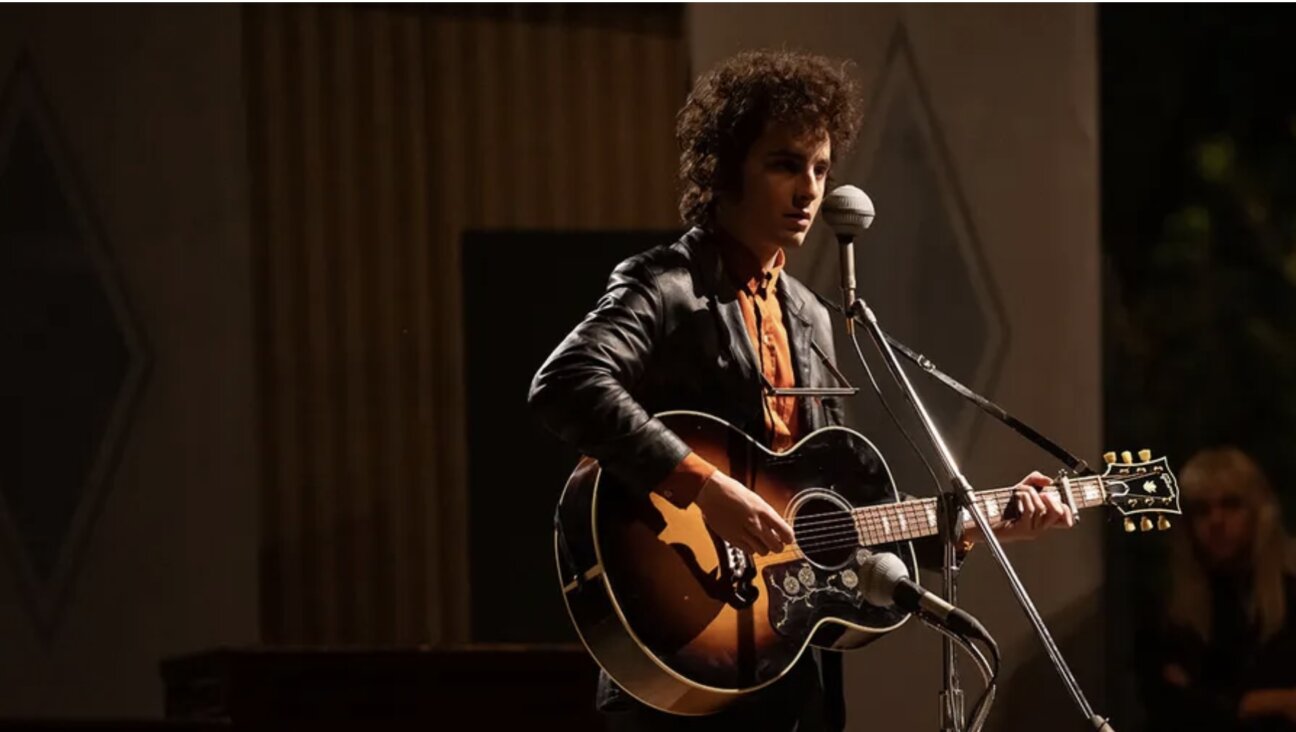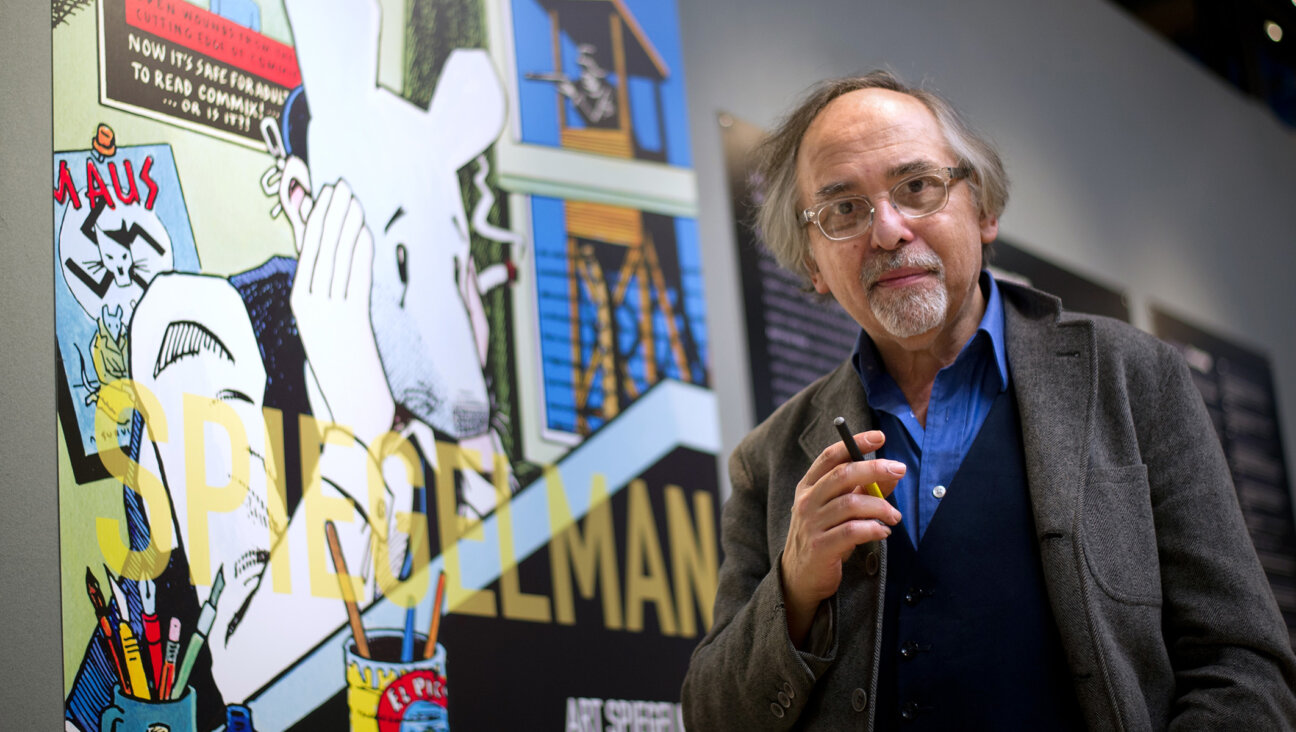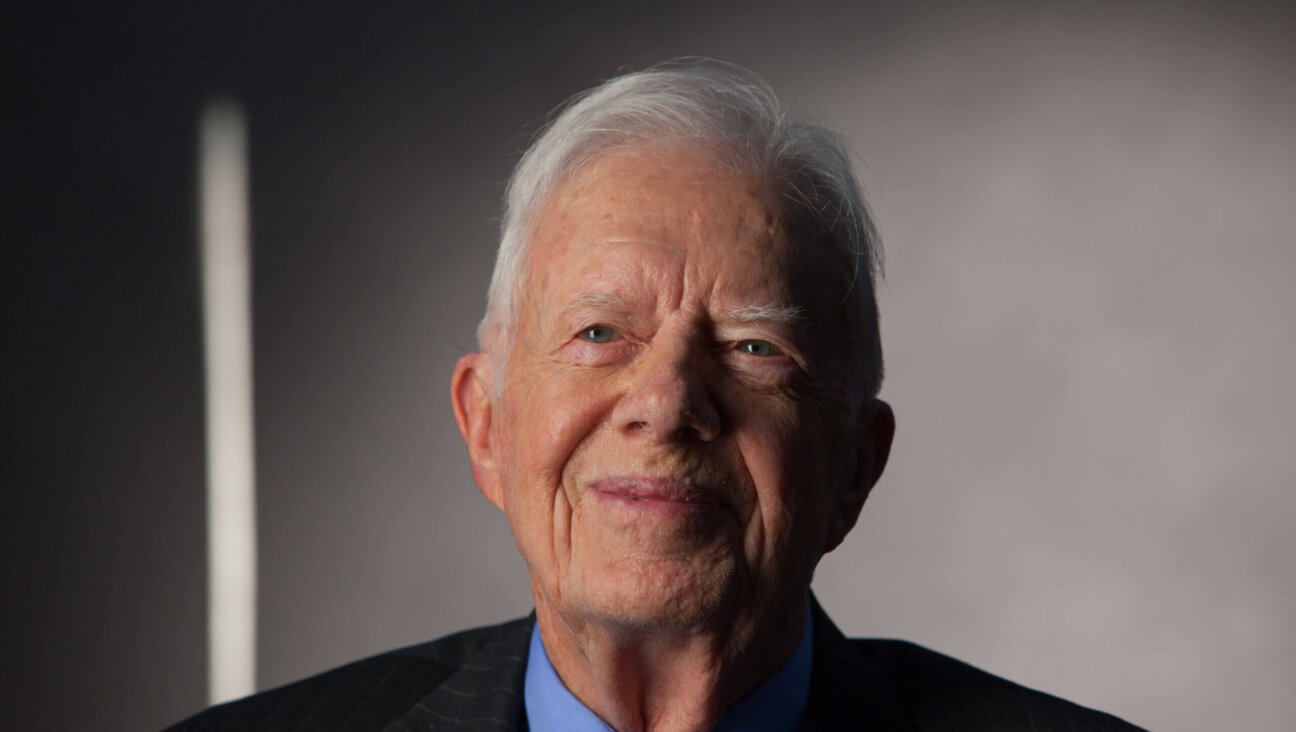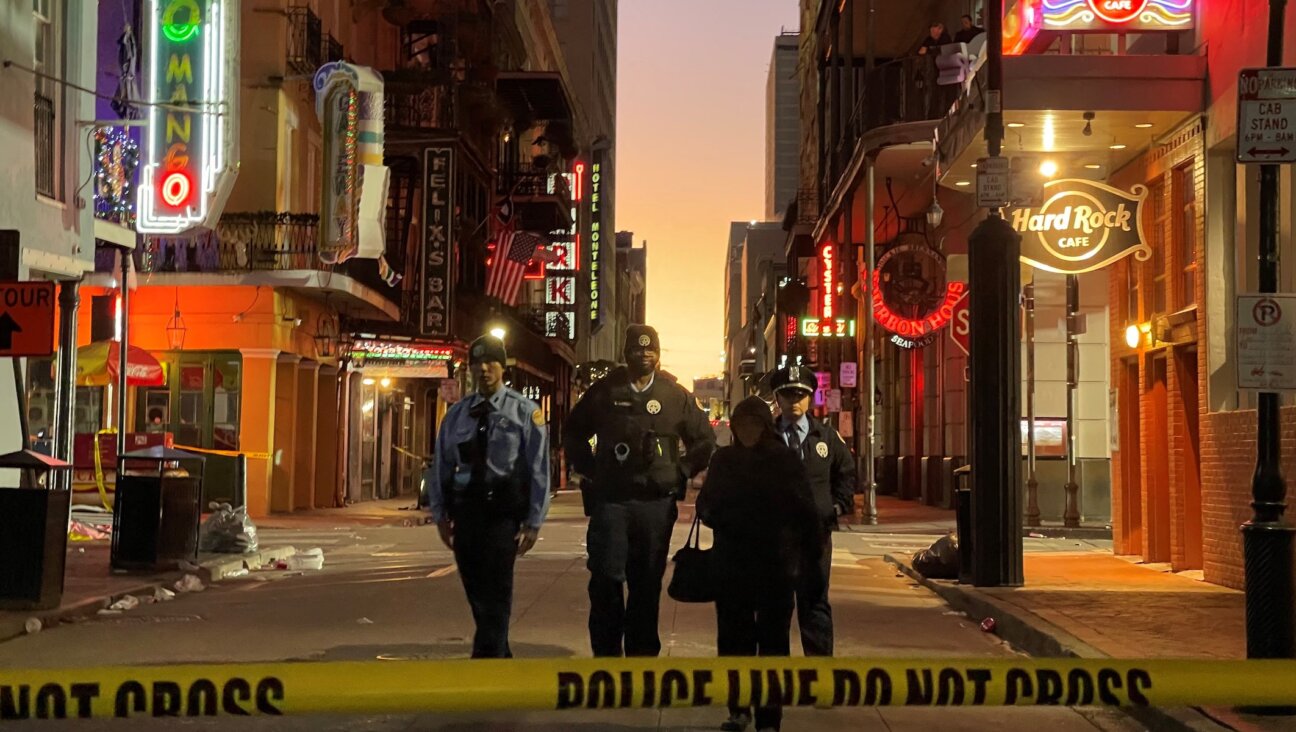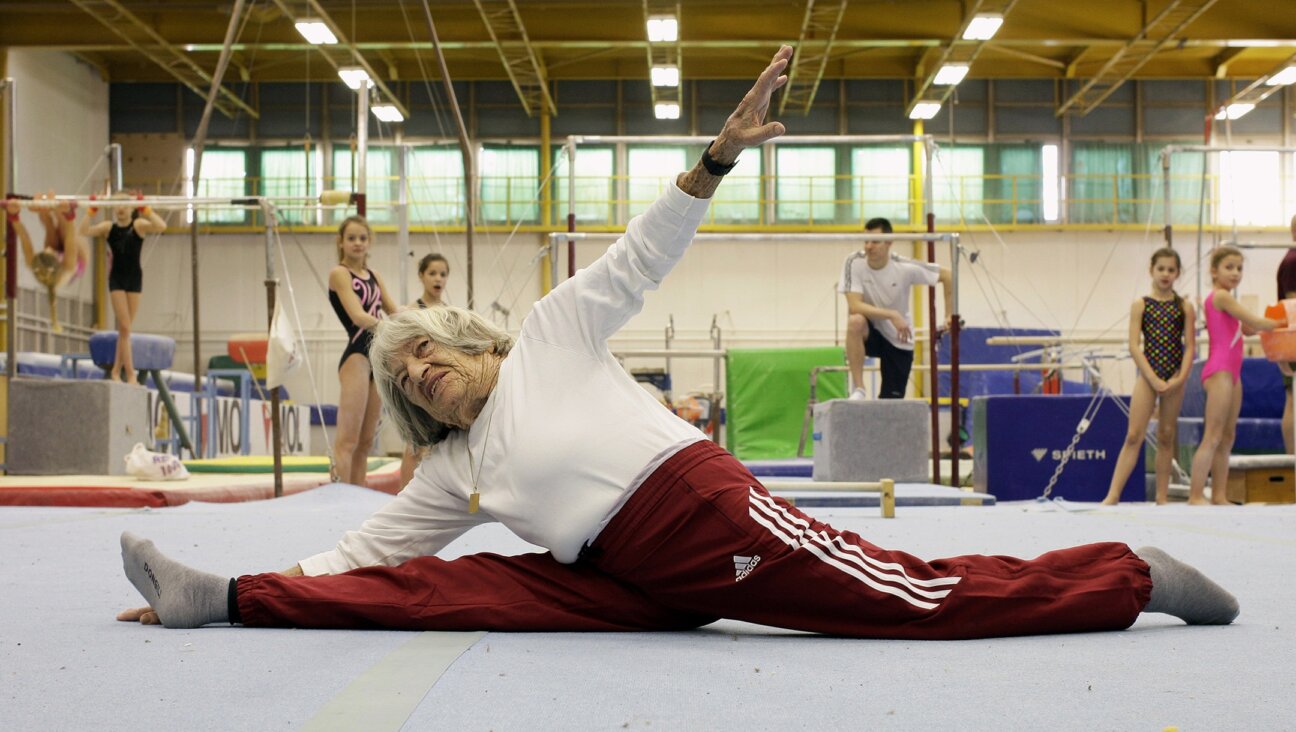Louise Nevelson: Constructing a Legend
At a lecture that sculptor Louise Nevelson once gave at Queens College, a meticulous student raised her hand and offered her summary of Nevelson’s work.
“Your work is black and it is wood and it is sculpture.”
“If that’s what it appears like to you, then you’ve missed the whole thing,” Nevelson replied.
The Jewish Museum’s current retrospective on Nevelson provides the opportunity to catch this “whole thing” — or the difference between the object and the work, as she went on to explain — though it is not that easy. Her mostly black, mostly wood and mostly sculptural work requires multiple takes. A panoramic view while sitting on a bench, a slow walk from corner to corner, a close-up surveying the dance between light and shadow that play off of the bricolage surfaces, and these sprawling sculptures and assemblages begin to take on a wholeness.
At the new exhibit — which moves to the de Young Museum in San Francisco next — Nevelson’s work is placed in an autobiographical context. This arrangement makes these abstract works legible, showing how her choice of materials and colors, and the size of her pieces, reflects her life as a woman and immigrant during the 20th century.
Nevelson’s attraction to wood stemmed from these experiences. To begin with, the material referenced her early childhood in the forests of Ukraine, and the rest of her youth spent in Rockland, Maine, where her father worked as a woodcutter and owned a junkyard. The Nevelsons came to the States in 1905, when Louise was 6, and they immediately felt like outsiders in their New England town, whose population of 8,000 included only a few other Jewish families. Wood became a cyclical presence in Nevelson’s life, representing the series of birth, death and rebirth in nature, her past and her work.
But it also had another meaning. With America involved with World War II, Nevelson, then in her 40s, did not feel comfortable using steel, the material of choice for many of her contemporaries. The metal, and the welding it required, reminded her of war machinery — a particularly queasy association, since her own son was stationed overseas.
Though before Nevelson made her way as an artist, she gave Jewish life in Westchester County a try. In 1920 she met a wealthy New Yorker named Charles Nevelson, who became her ticket out of Maine. She quickly figured out that this upper-middle-class enclave was not for her. But it did not take her long to figure out that Jewish upper-class life was not for her. Surrounded by the finest cars, jewels and furs, Nevelson began to see that art was appreciated only at a distance in her new family, and her aspirations to make art were barely tolerated, if encouraged. In 1931, after a move to Westchester County, N.Y., Nevelson decided to call it quits. She sent her son to live with her family in Maine and then set off for Europe, where she studied art.
The show reveals that these sacrifices were necessary for Nevelson the Artist, and recognition from the artistic community arrived eventually, though not until Nevelson was 60. When it did happen, however, she seized fame and rivaled Warhol as an eccentric fixture at art happenings. With her hair wrapped in silk scarves, her shoulders draped in kimonos or fur and her face made up with layers of false eyelashes, Nevelson publicly celebrated her arrival as a cultural icon.
She worked late into her career, carrying out large-scale public commissions well into her 80s. By the end, she no longer felt bound to her identity as a woman, an immigrant or a Jew, and was quite content to know that she was finally accepted as a sculptor. Indeed, the show at the Jewish museum is trying to put the focus on just that. Along with her role as a female, an immigrant and a flamboyant personality, Nevelson was an adept artist, one whose work merits a re-visit.
A message from our Publisher & CEO Rachel Fishman Feddersen

I hope you appreciated this article. Before you go, I’d like to ask you to please support the Forward’s award-winning, nonprofit journalism so that we can be prepared for whatever news 2025 brings.
At a time when other newsrooms are closing or cutting back, the Forward has removed its paywall and invested additional resources to report on the ground from Israel and around the U.S. on the impact of the war, rising antisemitism and polarized discourse.
Readers like you make it all possible. Support our work by becoming a Forward Member and connect with our journalism and your community.
— Rachel Fishman Feddersen, Publisher and CEO









